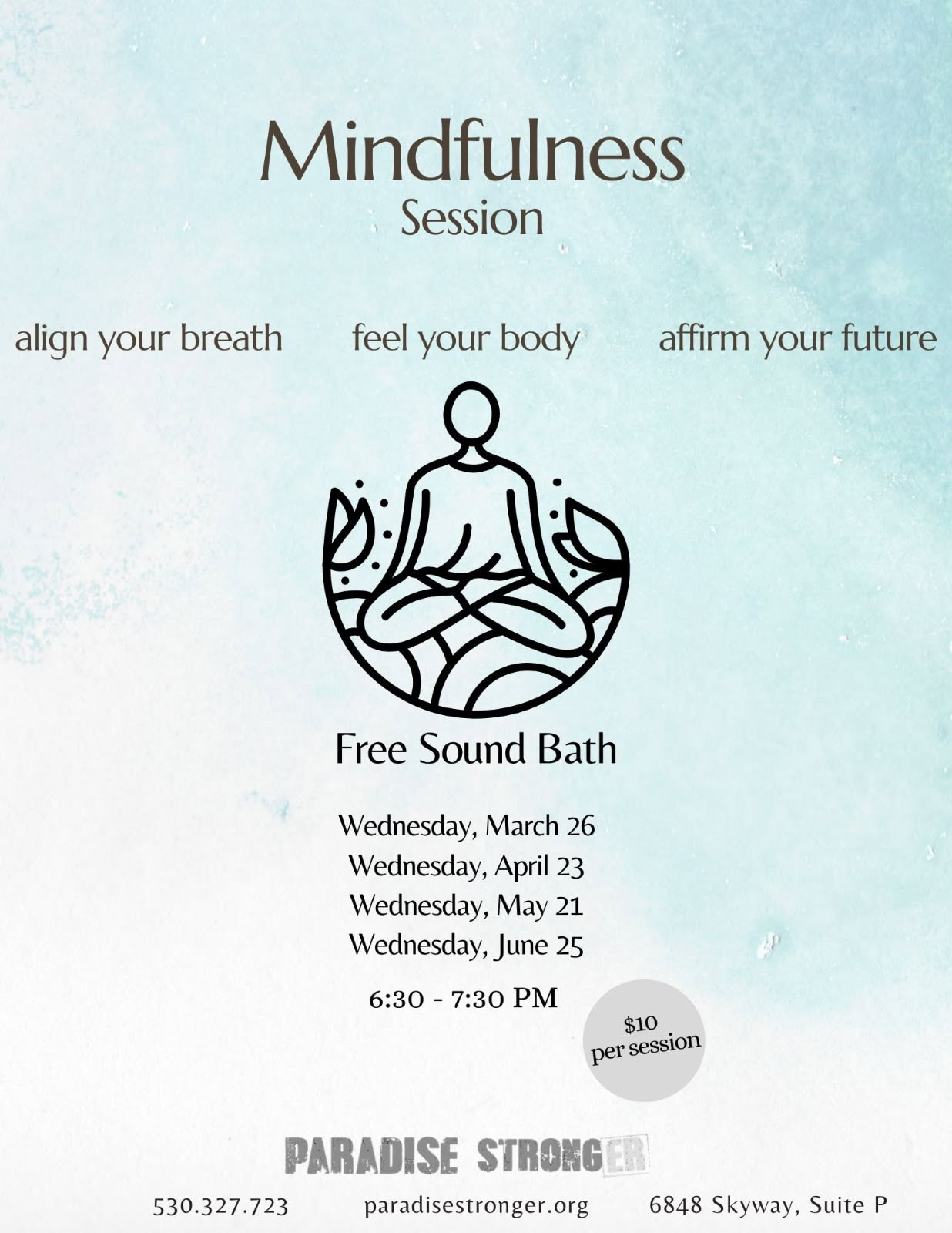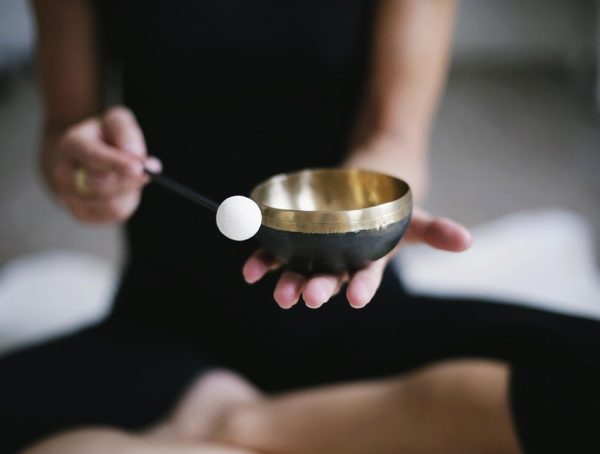Unlock Inner Peace: Exploring 12 Types of Meditation
In today’s fast-paced world, finding inner peace often feels like an elusive dream. However, meditation offers a powerful solution, allowing us to reconnect with ourselves and cultivate tranquility amidst chaos. With many different styles to choose from, exploring various types of meditation can help you discover what resonates with you and enhances your journey toward inner well-being. Here, we will delve into 12 types of meditation, their benefits, and actionable steps you can take to incorporate them into your life.
1. Mindfulness Meditation
Overview: Mindfulness meditation encourages present-moment awareness. By focusing on your breath while observing thoughts and feelings without judgment, you foster a heightened sense of clarity and peace.
Action Steps:
- Sit comfortably in a quiet place.
- Close your eyes and breathe deeply.
- Focus on your breath, acknowledging thoughts as they arise without engaging with them.
- Practice for 5 to 10 minutes daily, gradually increasing as you become more comfortable.
2. Transcendental Meditation (TM)
Overview: TM involves silently repeating a mantra— a word or sound— to settle the mind into profound rest and create a state of peaceful alertness.
Action Steps:
- Choose a calming mantra (it can be a word or sound).
- Find a comfortable seated position.
- Close your eyes and repeat your mantra silently for 15-20 minutes, allowing your mind to drift as needed.
- Practice twice daily for optimal results.
3. Guided Meditation
Overview: Guided meditation involves listening to an instructor who leads you through a meditation session focused on relaxation, imagery, or specific intentions.
Action Steps:
- Search for guided meditation recordings or apps that resonate with your preferences (e.g., Headspace, Calm).
- Set aside time each day to listen to a session, allowing yourself to relax and follow the guidance.
4. Loving-Kindness Meditation (Metta)
Overview: This compassionate practice cultivates love and goodwill towards yourself and others, promoting emotional healing and better relationships.
Action Steps:
- Sit comfortably and take a few deep breaths.
- Silently repeat phrases such as “May I be happy. May I be healthy. May I be safe. May I live with ease,” then extend these wishes to loved ones, acquaintances, and even those you may struggle with.
- Practice for 5-15 minutes daily, visualizing warmth and love spreading outward.
5. Body Scan Meditation
Overview: A body scan helps deepen awareness of physical sensations and promotes relaxation by directing your attention to different parts of the body.
Action Steps:
- Lie down in a comfortable position and close your eyes.
- Take a few deep breaths and then focus on each part of your body, starting from your toes to the crown of your head.
- Spend several breaths on each area, consciously relaxing tension.
- Dedicate 10-20 minutes to this practice.
6. Zazen Meditation
Overview: Originating from Zen Buddhism, Zazen is a seated meditation that focuses on breath awareness and insight.
Action Steps:
- Sit cross-legged or in a chair with feet flat on the floor.
- Keep your back straight and hands resting on your thighs.
- Focus on your breath, observing thoughts without getting attached.
- Practice for 10-30 minutes, ideally on a daily basis.
7. Chakra Meditation
Overview: Chakra meditation involves focusing on the body’s energy centers (chakras) to balance emotional and physical well-being.
Action Steps:
- Sit or lie comfortably.
- Visualize each chakra—from the root to the crown—awash in their corresponding colors.
- Spend a few minutes on each chakra, practicing deep breaths and affirmations related to each (e.g., “I am grounded” for the root chakra).
- Engage in this practice weekly.
8. Movement Meditation
Overview: This encompasses practices like yoga or Tai Chi, integrating physical movements with mindfulness for holistic well-being.
Action Steps:
- Join a local class or find online resources/tutorials for yoga or Tai Chi.
- Focus on synchronizing your breath with your movements.
- Dedicate time to this practice a few times a week.
9. Visualization Meditation
Overview: This involves using imagery to foster relaxation, inspiration, or to manifest goals.
Action Steps:
- Sit comfortably, close your eyes, and take a few breaths.
- Picture a serene place, or visualize achieving a personal goal.
- Engage your senses, imagining sounds, sights, and feelings.
- Spend at least 5-10 minutes visualizing this daily.
10. Sound Meditation
Overview: This type includes practices like chanting or listening to calming sounds (e.g., singing bowls), focusing on vibrations to facilitate relaxation.
Action Steps:
- Gather soothing music, nature sounds, or sound healing recordings.
- Find a comfortable position, close your eyes, and let the sounds wash over you.
- Allow at least 10 to 15 minutes for deep listening.
11. Walking Meditation
Overview: Walking meditation focuses on the act of walking as a holistic practice, enhancing mindfulness while being in motion.
Action Steps:
- Choose a safe, quiet space to walk (indoor or outdoor).
- Walk slowly, paying attention to each step and the sensations in your feet and legs.
- Synchronize your breath with your steps: inhale with every step or take three steps with each inhale.
- Practice for 10-20 minutes whenever you feel restless.
12. Prayer Meditation
Overview: This form combines meditation and prayer, fostering a sense of connection to a higher power or your inner self.
Action Steps:
- Sit comfortably and quiet your mind.
- Offer a prayer, intention, or gratitude for those in your life.
- Spend moments in silence, allowing your feelings and thoughts to arise.
- Practice regularly to deepen your experience.
Finding Your Path
Exploring these diverse forms of meditation can lead to a deeper understanding of yourself and your emotional landscape. Remember, meditation is a personal journey; no single method fits all. Try out different practices, be patient with yourself, and allow time for discovery.
Incorporating meditation into your daily routine not only reduces stress but also aids in mental clarity, emotional balance, and overall well-being. Start with just a few minutes a day, sharing your progress and insights with others who appreciate the journey.
As you embark on this path towards inner peace, consider following me on Instagram (@KSteineman) for more inspiration and tips on mindfulness, health, and personal growth.
Final Quote:
“Peace comes from within. Do not seek it without.” – Buddha
Take a moment today to breathe, appreciate the present, and unlock the tranquility that inherently resides within you.
You might also like
More from Meditation
The Role of Mantras in Transcendental Meditation: A Deep Dive
The Role of Mantras in Transcendental Meditation: A Deep Dive Transcendental Meditation (TM) has garnered a significant following across the globe, …
The Science Behind Meditation: Improving Mental Health Naturally
The Science Behind Meditation: Improving Mental Health Naturally In today's fast-paced world, the pursuit of mental wellness has become paramount. Thousands …
Understanding the 7 Types of Meditation for Beginners
Understanding the 7 Types of Meditation for Beginners: A Path to Inner Peace Meditation has become a popular practice in recent …


































